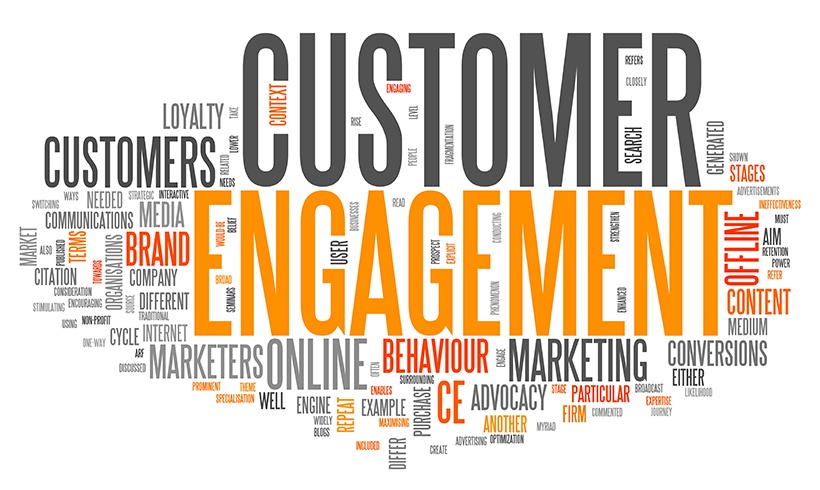-
Personalized Communication:
- Leverage the CRM to collect and store relevant customer data such as birthdays, anniversaries, and life events.
- Send personalized messages and greetings on special occasions. This demonstrates that you see them as individuals, not just clients.
-
Segmentation:
- Use the CRM to segment your audience based on their preferences, needs, and behaviors.
- Tailor your communication and engagement strategies to each segment to make interactions more relevant and meaningful.
-
Storytelling:
- Utilize the CRM to keep track of client stories and testimonials.
- Share success stories with permission, showcasing how insurance has made a positive impact on someone's life.
-
Educational Content:
- Use the CRM to track customer interactions and preferences regarding educational content.
- Provide valuable information through newsletters, blog posts, or webinars to educate clients about insurance and risk management.
-
Feedback and Surveys:
- Implement surveys within the CRM to gather feedback on your services and understand client sentiments.
- Act on feedback promptly, showing that you value their opinions and are committed to continuous improvement.
-
Automated Personalization:
- Set up automated processes within the CRM to trigger personalized messages based on customer behavior.
- For example, send a congratulatory message when a client reaches a milestone in their policy or provide relevant tips based on their coverage.
-
Proactive Communication:
- Use the CRM to set reminders for follow-ups, policy renewals, or other critical touchpoints.
- Proactively reach out to clients with relevant information before they ask for it, demonstrating a commitment to their well-being.
-
Human Touch:
- While CRM systems are automated, ensure that there's a human touch in your interactions.
- Encourage your agents to personalize communications and share genuine emotions when appropriate.
-
Client Appreciation Events:
- Use CRM data to organize client appreciation events or webinars, fostering a sense of community and connection.
- Invite clients to events that are relevant to their interests and needs.
-
Social Media Integration:
- Integrate social media data into your CRM to understand clients' online behaviors and preferences.
- Engage with clients on social media platforms to build a more dynamic and personalized relationship.
Remember, the key is to use the CRM as a tool to enhance your understanding of clients and facilitate more meaningful interactions. By demonstrating empathy, addressing individual needs, and being proactive, you can create a stronger emotional connection in the insurance engagement process.
